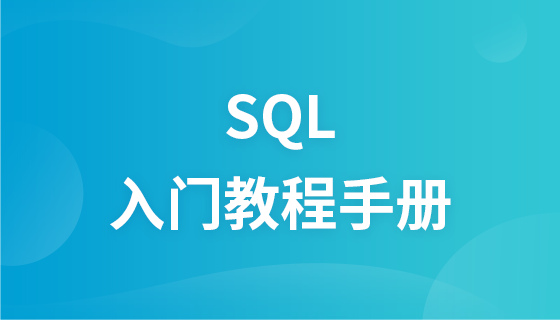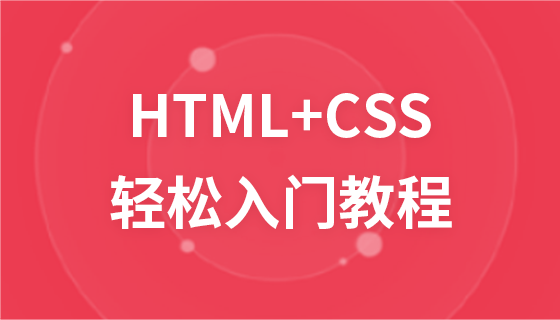jQuery settings
jQuery - Setting content and attributes
Setting content - text(), html() and val()
We will use the same three methods from the previous chapter to set content:
text() - Sets or returns the text of the selected element Content
html() - Sets or returns the content of the selected element (including HTML tags)
val() - Sets or returns the form Field value
The following example demonstrates how to set content through text(), html() and val() methods:
<!DOCTYPE html>
<html>
<head>
<meta charset="utf-8">
<script src="http://libs.baidu.com/jquery/1.10.2/jquery.min.js">
</script>
<script>
$(document).ready(function(){
$("#btn1").click(function(){
$("#test1").text("你好!");
});
$("#btn2").click(function(){
$("#test2").html("<b>你好!</b>");
});
$("#btn3").click(function(){
$("#test3").val("php.cn");
});
});
</script>
</head>
<body>
<p id="test1">這是一個(gè)段落。</p>
<p id="test2">這是另外一個(gè)段落。</p>
<p>輸入框: <input type="text" id="test3" value="php中文網(wǎng)"></p>
<button id="btn1">設(shè)置文本</button>
<button id="btn2">設(shè)置 HTML</button>
<button id="btn3">設(shè)置值</button>
</body>
</html>Run the program to try it
Callback functions of text(), html() and val()
The three jQuery methods above: text(), html() and val() also have callback functions. The callback function takes two parameters: the index of the current element in the selected element list, and the original (old) value. Then return the string you wish to use as the function's new value.
The following example demonstrates text() and html() with callback functions:
<!DOCTYPE html>
<html>
<head>
<meta charset="utf-8">
<script src="http://libs.baidu.com/jquery/1.10.2/jquery.min.js">
</script>
<script>
$(document).ready(function(){
$("#btn1").click(function(){
$("#test1").text(function(i,origText){
return "舊文本: " + origText + " 新文本: Hello world! (index: " + i + ")";
});
});
$("#btn2").click(function(){
$("#test2").html(function(i,origText){
return "舊 html: " + origText + " 新 html: Hello <b>world!</b> (index: " + i + ")";
});
});
});
</script>
</head>
<body>
<p id="test1">這是一個(gè)有 <b>粗體</b> 字的段落。</p>
<p id="test2">這是另外一個(gè)有 <b>粗體</b> 字的段落。</p>
<button id="btn1">顯示 新/舊 文本</button>
<button id="btn2">顯示 新/舊 HTML</button>
</body>
</html>Run the program to try it
Settings Attributes - attr()
jQuery attr() method is also used to set/change attribute values.
The following example demonstrates how to change (set) the value of the href attribute in the link:
Example
<!DOCTYPE html>
<html>
<head>
<meta charset="utf-8">
<script src="http://libs.baidu.com/jquery/1.10.2/jquery.min.js">
</script>
<script>
$(document).ready(function(){
$("button").click(function(){
$("#php").attr("href","http://www.baidu.com/");
});
});
</script>
</head>
<body>
<p><a href="http://ipnx.cn" id="php">php中文網(wǎng)</a></p>
<button>修改 href 值</button>
<p>點(diǎn)擊按鈕修改后,可以點(diǎn)擊鏈接查看鏈接地址是否變化。</p>
</body>
</html>Run the program Try it
attr() method also allows you to set multiple attributes at the same time.
The following example demonstrates how to set the href and title attributes at the same time:
<!DOCTYPE html>
<html>
<head>
<meta charset="utf-8">
<script src="http://libs.baidu.com/jquery/1.10.2/jquery.min.js">
</script>
<script>
$(document).ready(function(){
$("button").click(function(){
$("#php").attr({
"href" : "http://www.baidu.com",
"title" : "baidu"
});
});
});
</script>
</head>
<body>
<p><a href="http://ipnx.cn" id="php">php中文網(wǎng)</a></p>
<button>修改 href 和 title</button>
<p>點(diǎn)擊按鈕修改后,可以查看 href 和 title 是否變化。</p>
</body>
</html>Run the program to try it
The callback function of attr()
jQuery method attr() also provides a callback function. The callback function takes two parameters: the index of the current element in the selected element list, and the original (old) value. Then return the string you wish to use as the function's new value.
The following example demonstrates the attr() method with a callback function:
<!DOCTYPE html>
<html>
<head>
<meta charset="utf-8">
<title>php中文網(wǎng)(php.cn)</title>
<script src="http://libs.baidu.com/jquery/1.10.2/jquery.min.js"></script>
<script>
$(document).ready(function(){
$("button").click(function(){
$("#php").attr("href", function(i, origValue){
return origValue + "/course.html";
});
});
});
</script>
</head>
<body>
<p><a href="http://ipnx.cn" id="php">php中文網(wǎng)</a></p>
<button>修改 href 值</button>
<p>點(diǎn)擊按鈕修改后,可以點(diǎn)擊鏈接查看 href 屬性是否變化。</p>
</body>
</html>Run the program to try it














